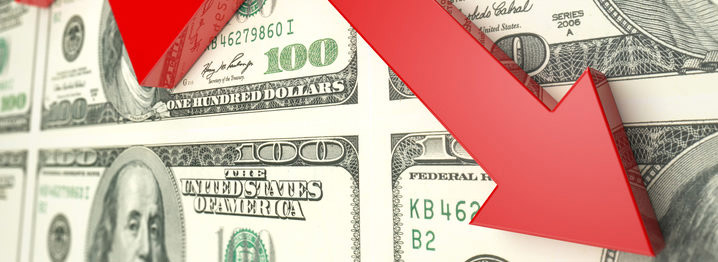
Housing bubbles have real estate investors and everyday homebuyers on edge—maybe not constantly, but enough to matter. And after the economic crisis of 2008, it’s no wonder why. But is there a definitive way to tell whether a bubble is developing, so you can take proper action to avoid it?
Let’s start by dissecting what a “housing bubble” actually is, since the generic term “bubble” has become a bit of a buzzword.
Prices in any market, including the real estate market, tend to fluctuate. Due to changes in consumer confidence, inventory, interest rates, political conditions, local interests, and dozens of other variables, housing markets increase or decrease in prices, with a general trend toward climbing prices. Occasionally, prices will climb faster than values; people become willing to pay more money for a home than it’s actually worth.
When this happens, it can spark a kind of feedback loop. People are willing to pay more for houses, which generates buzz for homebuyers. If interest rates stay low and economic conditions remain favorable, demand will rise, pushing prices even higher. Eventually, this can reach a point where prices are far above “normal” valuations for homes. This is a bubble.
Typically, bubbles burst. Sooner or later, there is some triggering action—a spike in interest rates, bad news on the geopolitical front, or a change in economic conditions—and this triggering action results in a cascade of falling housing prices. As more people exit the market and fear spreads, prices begin to plummet, sometimes to a point far lower than the “normal” housing values we referred to earlier.
Eventually, prices stabilize and return to normal, but in the meantime, this can be devastating for real estate investors.
Why is it important to know when a bubble forms? The big danger is buying a home when prices are far too high. If you buy during the peak of the bubble, and the bubble bursts, you’ll be inclined to lose a good chunk of your investment, at least in the short-term.
Conversely, bubbles can be good opportunities. If you notice that a bubble forms, you may be able to sell your properties before it bursts, maximizing your profitability while limiting your exposure to the plummet.
Before we get any further, it’s important to clarify a few things:
So is there a way to determine whether a bubble exists?
There are some signs you could watch for. For example, if an area seems to be experiencing fast growth, outpacing expectations, it could mean that a bubble is starting to form—but it also might not. If there are conditions that make it unnaturally easy to buy a home (like crazy low interest rates or loose credit standards), it could be a precursor to the formation of a bubble—but again, it also might not.
The bottom line here is that almost any indication of a bubble forming could be interpreted in a different way, or could be the result of normal fluctuations.
In fact, part of what makes bubbles so dangerous and so interesting is that they, almost by definition, are nearly impossible to detect. Think of it this way; if experts could recognize bubbles as they were forming, wouldn’t they take action to avoid them before the inevitable collapse?
There are a few potential explanations for the problem of identifying bubbles. One is that most of us suffer from hindsight bias. While in retrospect, it may be easy for us to identify points of overvaluation associated with the housing bubble of 2007, or the dotcom bubble of 2000, being in the moment, these factors could have easily been signals of normal growth patterns. Another explanation is that investors understand that a bubble exists, but believe the bubble still has room to grow; in this way, they treat a market like a giant Ponzi scheme, eager to find someone new who’s willing to pay even more than they did.
The unfortunate truth is that even the best real estate experts in the industry can’t tell for sure whether or not a bubble is being created. That said, it’s usually better to study individual neighborhoods and consider individual houses than to try and time the market perfectly.
Are you confused by the ebb and flow of the housing market? Or are you unsure whether to move forward with a real estate purchase in the Texas area? Contact Green Residential today! We have the real estate agents who can help you make the right decision—and introduce you to a much wider range of options.
